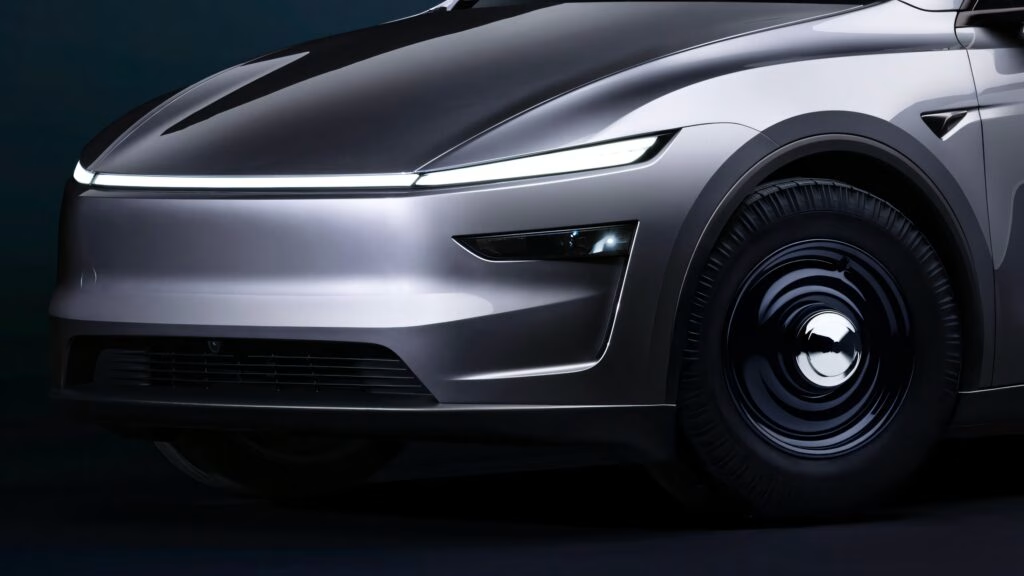What Will Tesla’s Affordable Model Actually Be—And Why Are Fans So Divided?
Elon Musk has a knack for stirring up conversation, and his latest hint about Tesla’s next vehicle has the rumor mill in overdrive. During Tesla’s Q2 earnings call, Musk dropped a not-so-subtle clue that the much-anticipated “affordable car” might be, well, a Model Y in disguise. That’s left some fans excited, others frustrated, and nearly everyone asking: Is this really the breakthrough Tesla needs, or just a clever remix of an old favorite?
Is Tesla’s Next Big Thing Just a Stripped-Down Model Y?
Let’s cut to the chase. When pressed about the upcoming affordable model, Musk’s response—whether it was “It looks like a Model Y” or “It’s just a Model Y”—set off a wave of speculation. The audio wasn’t crystal clear, but the message was: don’t expect a radical departure from what’s already on the road.
So, what would a “Model Y Lite” look like? Industry analysts suggest Tesla could trim costs by reducing battery capacity, removing features like the rear-seat screen, and scaling back on the number of cameras and sound-deadening materials. Swapping out battery chemistries or motors for less expensive options is also on the table. And by reusing existing Model Y tooling, Tesla could keep production costs—and the final price tag—in check.
This approach isn’t new in the auto world. Think of how Apple reuses iPhone designs for its SE models, or how Toyota offers “L” trims with fewer bells and whistles. The result? Pure magic for budget-conscious buyers, but sometimes a letdown for die-hard fans craving innovation.
Why Are Some Tesla Fans Disappointed—And Should They Be?
Not everyone’s thrilled about the idea of a de-contented Model Y. On social media and forums, some longtime supporters have voiced disappointment, calling it a missed opportunity for something truly new. Others worry about the business implications: if the “affordable” Model Y cannibalizes sales of the regular Model Y, Tesla could be trading higher margins for volume—a risky move, especially after a tough financial quarter.
Let’s put that in perspective. Tesla reported a 12% drop in quarterly revenue—the steepest in over a decade. The Model Y, despite its recent refresh, couldn’t stop the bleeding. With the stock down more than $30, the pressure’s on for a turnaround. Some investors fear that a cheaper Model Y will simply eat into the sales of its pricier sibling, rather than bringing in a new wave of buyers.
But there’s another side to this coin. The electric vehicle market is shifting fast, and affordability is becoming the name of the game. According to a 2024 report from the International Energy Agency, price remains the number one barrier for EV adoption in the US and Europe. If Tesla can deliver a compelling product at a lower price point, it could unlock a massive new audience—especially as federal tax credits for EVs are set to expire for many models.
Could the Timing Actually Work in Tesla’s Favor?
Here’s where things get interesting. Federal tax credits for EVs are about to phase out for several brands, making electric cars less affordable for the average buyer. If Tesla can launch its new model just as these incentives disappear, it could have a serious edge over rivals scrambling to adjust their pricing.
This isn’t just speculation. Past launches have shown that timing can make or break a new vehicle. When Chevrolet introduced the Bolt EV right as tax credits kicked in, sales soared. Conversely, Nissan Leaf sales dipped when incentives dried up. Tesla’s move to introduce a lower-priced model now could help it weather the storm—and maybe even come out ahead.
What’s the Real Risk for Tesla’s Business Strategy?
Of course, there are risks. Some critics argue that Tesla’s focus on a cheaper Model Y could undermine its premium brand image or lead to internal competition between models. There’s also the challenge of maintaining profitability on lower-margin vehicles, especially as battery costs remain stubbornly high.
But Tesla has a history of defying expectations. The Model 3 was once dismissed as a “mass-market gamble,” yet it became one of the world’s best-selling EVs. By leveraging existing platforms and manufacturing efficiencies, Tesla could pull off another surprise—if it plays its cards right.
What Should Buyers and Fans Watch For Next?
If you’re in the market for an EV, keep your eyes peeled. The new Tesla model could hit production in low numbers by year’s end, with volume ramping up soon after. Expect fewer frills, but a price tag that might finally make Tesla ownership a reality for more people.
For fans and investors, the next few months will be telling. Will the affordable Model Y spark a new sales boom, or will it fall flat with a customer base hungry for innovation? Either way, the EV landscape is about to get a lot more interesting.
The big takeaway? Tesla’s next move isn’t about perfection—it’s about smarter adjustments. Start with one change this week, and you’ll likely spot the difference by month’s end.

